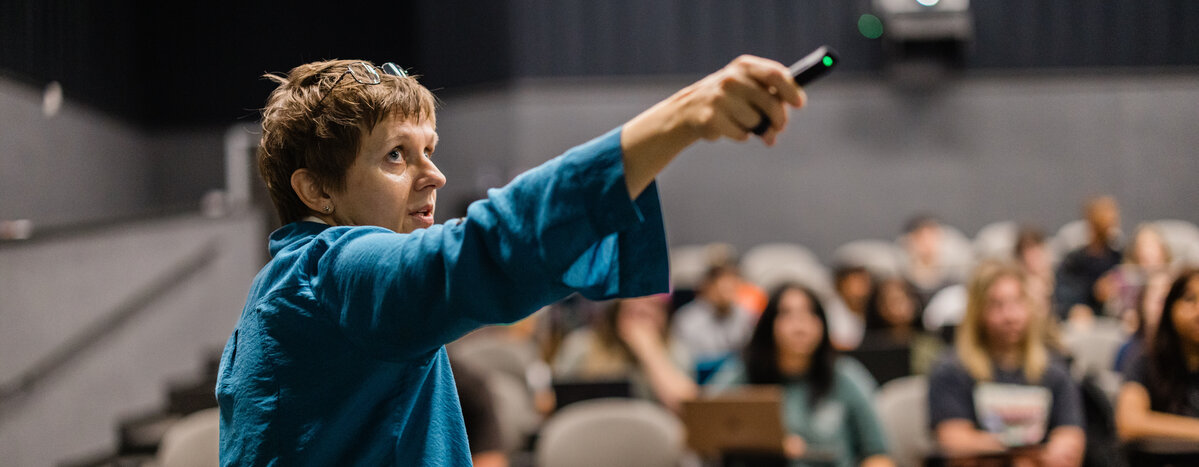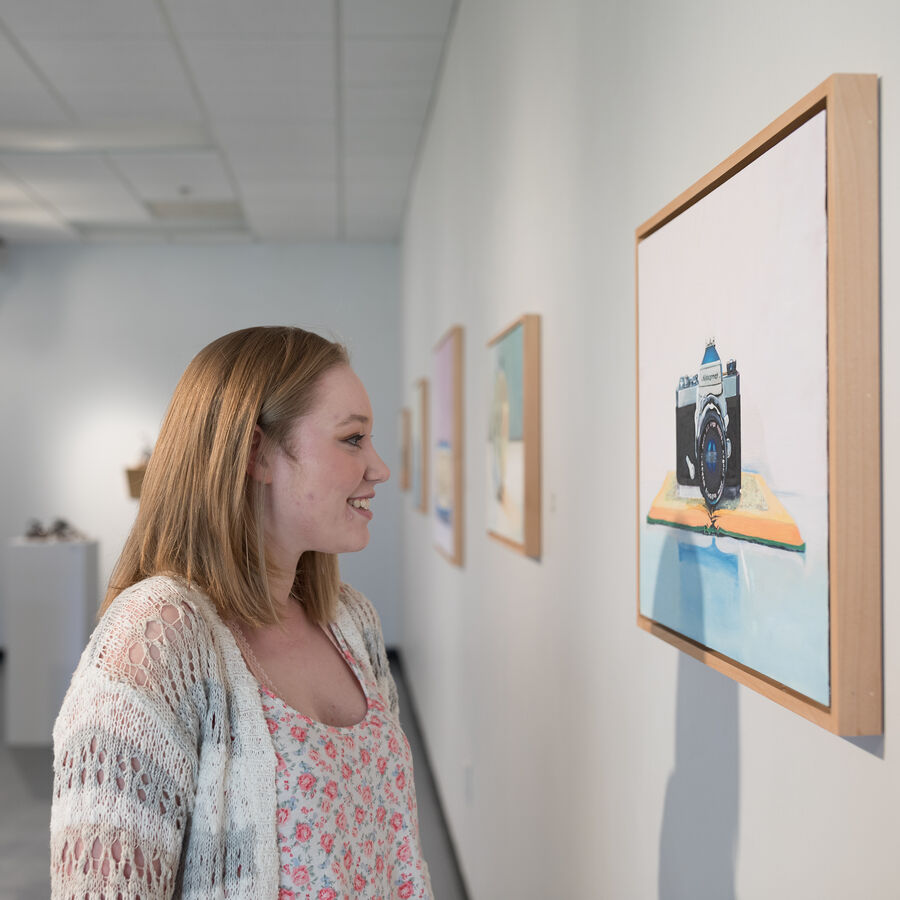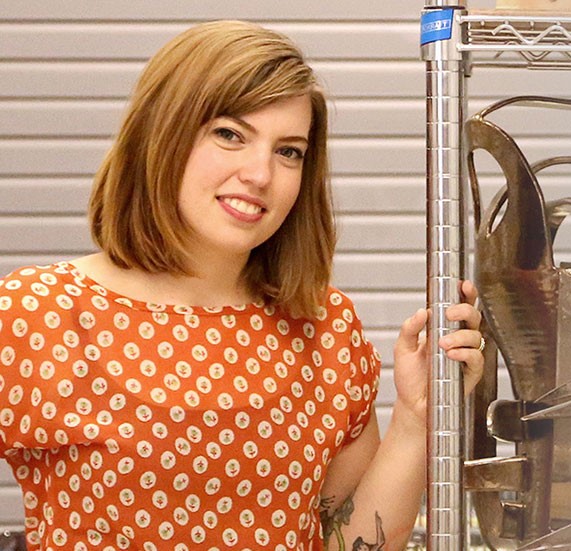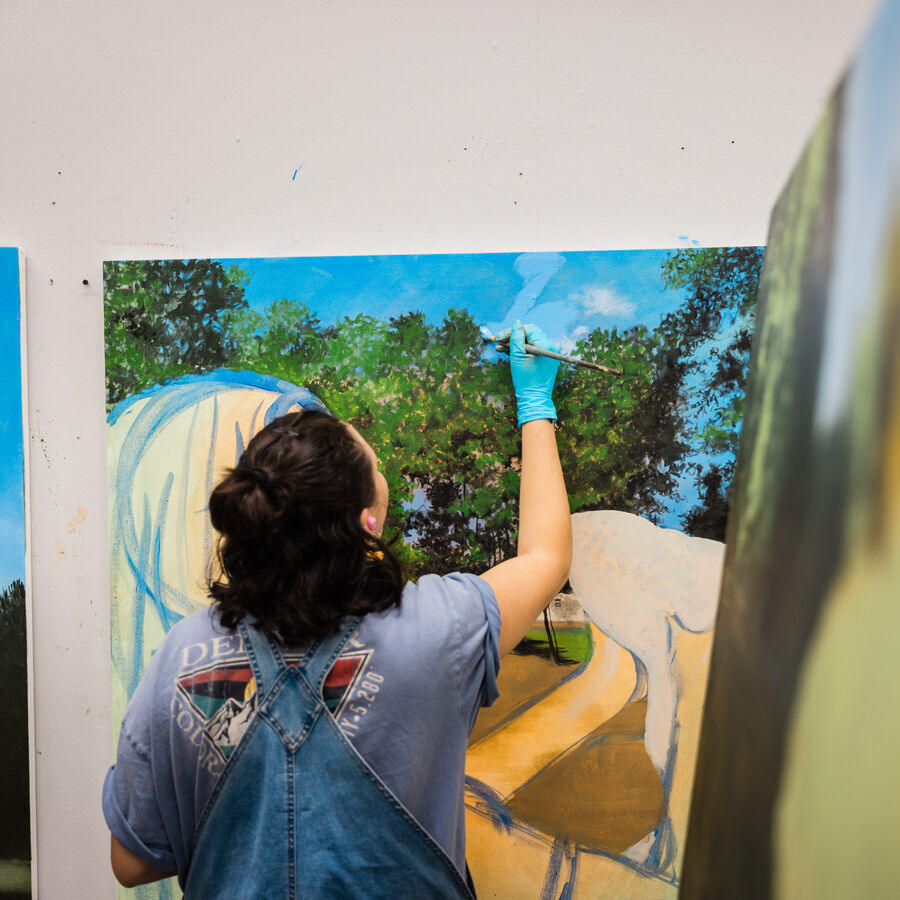
Bachelor of Arts in Art

UT Tyler Galleries
Three campus art galleries exhibit work by nationally known guest artists, faculty-curated exhibitions and student work.
Explore Related Programs
Next Steps
Get ready for an invigorating, creative career. Take the next step with an art degree from UT Tyler.



